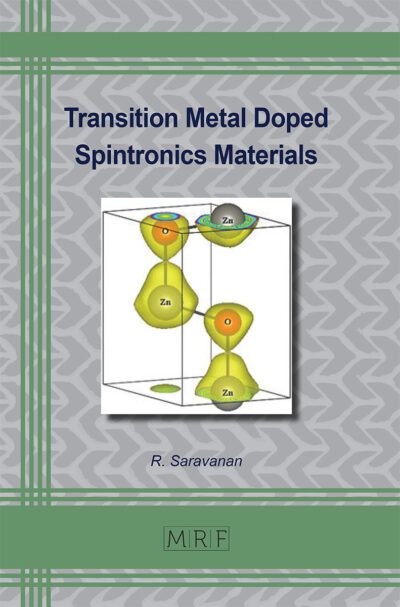E. KHENNOUS, I.E. YAHIAOUI, H. ABID
Abstract. Conjugated polymers are a novel class of materials has been extensively used in optoelectronic devices. Well-known PPV derivative Poly [2-methoxy-5-(2-ethylhexyl-1,4-phenylenevinylene] (MEH-PPV) have a wide applications such as organic light emitting diodes OLED, organic emitting transistor OLET ,photovoltaic and organic solar cells. This document focuses on the electronic and optical properties of MEH-PPV and their applications in different optoelectronic devices based on hybrid polymer–semiconductor materials. In this work we studied theoretically the electronic and optical properties of the polymer MEH-PPV using the FP-LAPW calculation method implemented in the wien2k code. The results were determined in the context of the theory of density functional (DFT) made in the approximation of GGA+mBJ. We find our calculated results in good agreement with the available experimental data.
Keywords
MEH-PPV, DFT, FP-LAPW, Electronic Properties, Optical Properties, Organic/inorganic Hybrid
Published online 12/10/2016, 4 pages
Copyright © 2016 by the author(s)
Published under license by Materials Research Forum LLC., Millersville PA, USA
Citation: E. KHENNOUS, I.E. YAHIAOUI, H. ABID, ‘Electronic and optical properties of polymer MEH-PPV and their applications in hybrid optoelectronic devices’, Materials Research Proceedings, Vol. 1, pp 85-88, 2016
DOI: https://dx.doi.org/10.21741/9781945291197-21
The article was published as article 21 of the book Dielectric Materials and Applications
References
[1] P. Blaha, k. Schwarz, G.K.H. Madsen, D. Kvasnicka, J. Luitz, in: Karlhein Schwarz (Ed.), Wien2k An Augmented Plane Wave Plus Local Orbital Program for Calculating the Crystal Properties, Vienna University of Technology, Austria,2001.
[2] F. Tran, P. Blaha, “Accurate Band Gaps of Semiconductors and Insulators with a Semilocal Exchange-Correlation Potential,” Phys. Rev. Lett. 102, 226401 – Published 3 June 2009.
[3] J-C. Lee, W. Lee, S-H Han, T.G. Kim, and Y-M Sung, “Synthesis of hybrid solar cells using CdS nanowire array grown on conductive glass substrates,” Electrochemistry Communications 11 (2009) 231–234. https://dx.doi.org/10.1016/j.elecom.2008.11.021
[4] Y.W. Jung, J.S. Byun, Y.H. Cha, Y.D. Kim,“ Ellipsometric study on the optical property of UV exposed MEH-PPV polymer film,” Synthetic Metals160 (2010) 651–654. https://dx.doi.org/10.1016/j.synthmet.2009.12.021
[5] W. Xiaoyang,X. Yanmei,Z. Chunping et al. “Calculation of Optical Parameter of MEH-PPV Film,” Acta Photonica Sinica, 2005, 34(5): 746-749.
[6] W.U. Huynh, J.J. Dittmer, A.P. Alivisatos, “ Hybrid nanorod—polymer solar cells,” Science 295 (2002) 2427–2430. https://dx.doi.org/10.1126/science.1069156
[7] G. Saygili, G. Ünal, S. Özcelik, C. Varlikli,“ Highly efficient orange–red electroluminescence from a single layer MEH-PPV POSS:CdS0.75Se0.25 hybrid PLED,” Materials Science and Engineering, B 177 (2012) 921–928 . https://dx.doi.org/10.1016/j.mseb.2012.04.011
[8] L.Han, D. Qin, X. Jiang, Y. Liu, L. Wang, J. Chen, Y.Cao, “Synthesis of high quality zinc-blende CdSe nanocrystals and their application in hybrid solar cells,” Nanotechnology 2006, 17, 4736–4742. https://dx.doi.org/10.1088/0957-4484/17/18/035
[9] H-W. Choi, K-S Lee, T. L. Alford, “Optimization of antireflective zinc oxide nanorod arrays on seedless substrate for bulk-heterojunction organic solar cells,” Appl. Phys. Lett. 2012, 101, doi: 10.1063/1.4757997. https://dx.doi.org/10.1063/1.4757997














